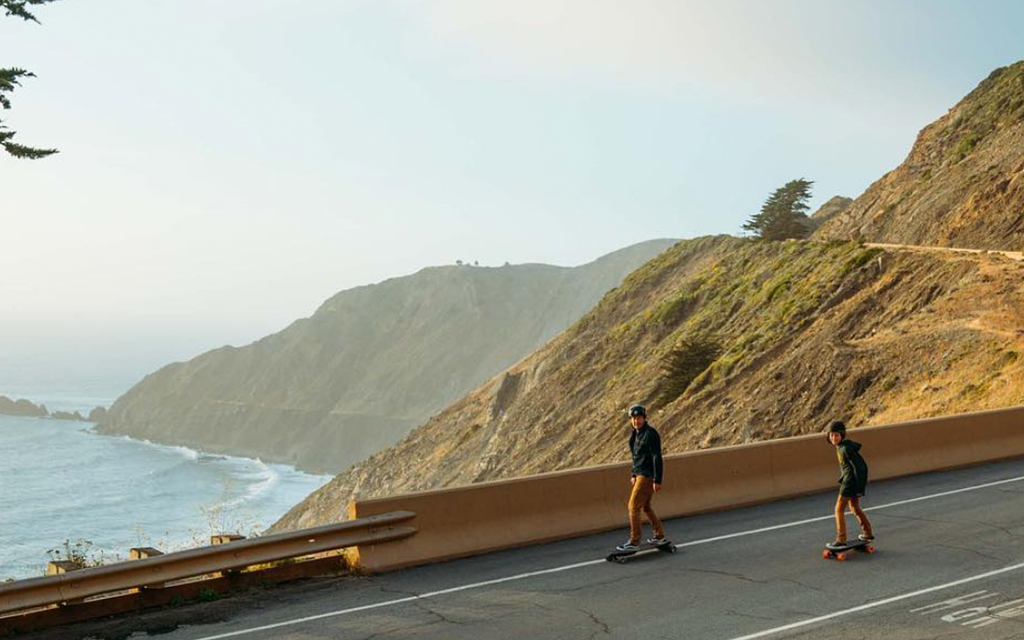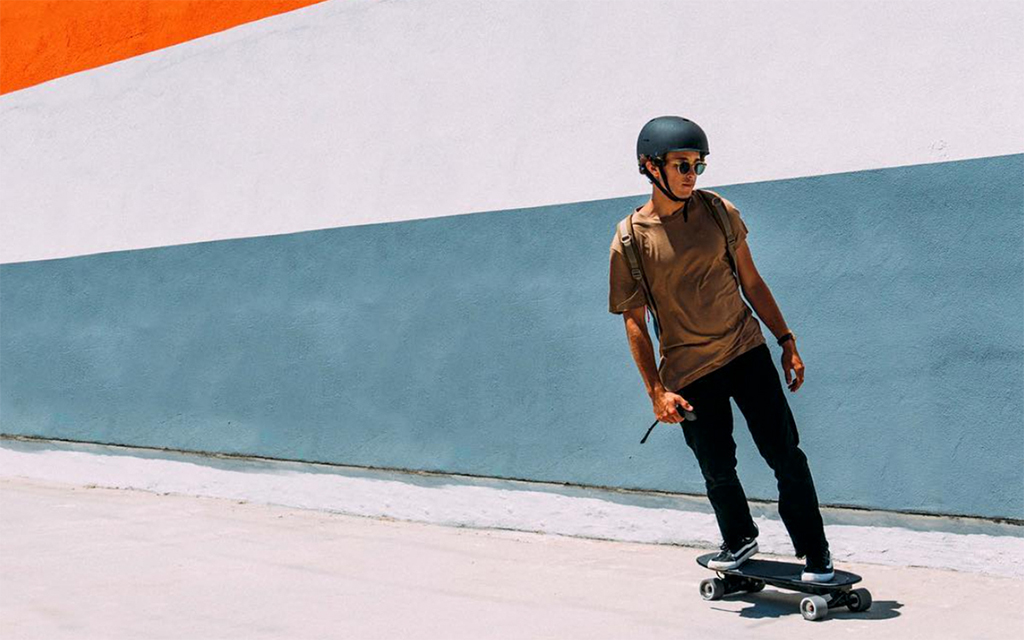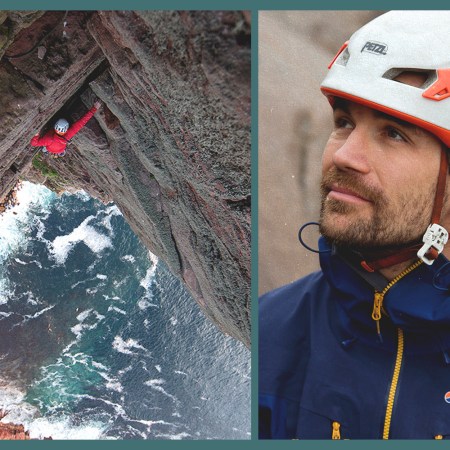The phrase “the last mile” has had several meanings over the years.
It’s used in the telecommunications industry to describe copper lines that must be installed to deliver calls, cable or internet to a household. It refers to the infamously inefficient last leg of moving goods from ports and stations to brick-and-mortars and restaurants. It’s also the name of a 1932 jailbreak flick.
But these days, the phrase has been co-opted by urban planners and personal transporter brands, as Silicon Valley attempts to ease the final portion of commutes in car-strangled cities. Recent studies of global traffic revealed America wastes over $300B sitting in traffic each year — due to loss of productivity, wasted fuel, and heightened costs of transporting goods and services. But traffic’s been even more costly for the environment. In 2018, transport (cars, planes, trains, trucks) officially became the world’s leading producer of CO2, wrestling the undesirable title away from electricity production.
And while ride-sharing apps do encourage carpooling, they’ve also introduced thousands of cars to city roads already past their breaking point. New York is one big double-park these days. No wonder Uber and Lyft have stopped hiring drivers in the area, and the city imposed a congestion surcharge back in February. It’s a mess out there.
Still, if you’ve been to Austin and seen motorized kick scooters stacked on every sidewalk, or caught folks zipping up 20% grade SF hills on electric skateboards, or even spotted one of those funky self-balancing unicycles in Europe, you know companies are doing their best to give urban commuters new options.
In order to better understand this emerging market, I decided I should hop on a personal transporter for myself. So I tested an electronic skateboard from one of the most respected names in the market: Boosted. The Mountain View-based brand was founded in 2012, started shipping its boards in 2014 after a successful stint on Kickstarter, and has since released three generations of boards, with its first scooter arriving in just a couple weeks.

Boosted’s boards are perennial winners in Tech Crunch-esque online reviews, and I made sure to try out a crowd-favorite, the Boosted Plus. It’s from the company’s most recent generation, and the stats are absolutely spicy. The 38-inch deck has a top speed of 22-MPH, a range of up to 14 miles, can carve up a 25% hill grade, and cycles through four different modes of difficulty, from Beginner to Expert.
I can rip a longboard pretty capably, but I wanted to get a handle on the thing in safe environs. I went to a local park that offers a network of cement paths and was up and moving in about 10 minutes. Each board comes with a Bluetooth-paired remote control with various toggles for breaking, angling the board, or switching to a different mode, and once I mastered the remote it was as simple as pointing the board straight. I zoomed around the park for nearly an hour, carving turns and shaking my head in disbelief at how the board crushed uphills I’d only ever boarded down. Curious to see how relevant my competence on a longboard was to learning Boosted, I enlisted my sister, who’d never ridden either. It took her an additional 15 minutes, tops, to get the hang of it.
Next up was the commute, which I wasn’t particularly pumped about. I work in Manhattan, where the bike lanes and linear parks make sense along the Hudson and East Rivers, but can easily devolve into madness within the city. I made sure to take a subway that dropped me off an uncomfortable distance away (“last mile” is more of a metaphor here), and followed the bike lanes as best as I could. Some takeaways:
- Pros: I made it to work in half the time, experienced a welcome disruption of the routine, got some side-eye compliments because Boosted makes a beautiful board, and was impressed by the board’s ability to stop on a dime, which is huge, considering non e-boards are tough to break when cruising city blocks.
- Cons: I was stressed 90% of the ride, nearly got squished by a hot dog stand; the board’s a little heavy to carry across the road or into the elevator; I nearly got squished by a taxi, the deck’s grip can be a bit abrasive (so be careful when picking it up/holding it against your clothing); I nearly got squished by a hardo training for the triathlon.
I commuted with it a couple more times and had a pretty similar experience each run-through. Obviously, the massive, overlording variable here is New York. If I worked in a city like Portland or Austin it’d be a very different (and I reckon far more positive) affair. What I realized, though, having ridden my Boosted both on weekday mornings and weekend afternoons, is what exactly I prefer the board for. Similar to only riding Citi Bike in Central Park, I’m a weekends-only, low-traffic area Boosted guy. At this point in my life, zipping around a quiet park on that thing is my Six Flags. It’s easy on my ankles and knees, I don’t have to finagle it into an elevator, and I don’t have to worry about an army of baby strollers suddenly appearing in crosswalks.
I might have a different outlook if I survey New York’s last mile infrastructure again in 2025. Bikeways continue to pop up each year in the city. But the number of cars on the road is unreasonable at the moment, and walking, at the least, guarantees some exercise and a measure of personal safety. Commuters who travel longer than I in less populated areas should of course still consider picking up a Boosted for commuting. I would just recommend going smaller than the Plus — the Mini S is your move. But I love the Plus and its larger iterations as an off-day board. Bring it to the park, bring it to the beach boardwalk, or find a long, winding street and go full Walter Mitty (sans all the expertise needed to go full Walter Mitty).
Out in the wide open, your last mile can turn into 14.
If you buy through these links, InsideHook may earn a small share of the profits.
Whether you’re looking to get into shape, or just get out of a funk, The Charge has got you covered. Sign up for our new wellness newsletter today.






















